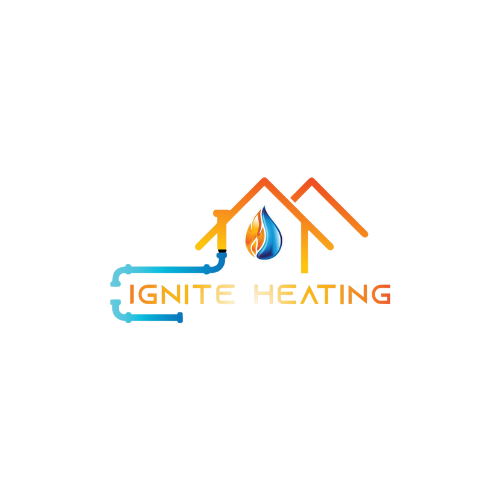The engineer will begin with a visual inspection of the boiler and the surrounding pipework. This includes checking for any obvious signs of leaks, corrosion, or water damage—especially around pipe joints, valves, and seals where wear is most common. They’ll also inspect the condensate pipe to ensure it’s free from blockages and securely connected, as this pipe safely carries acidic waste water away from the boiler.
Next, the engineer will safely remove the boiler casing to access the internal components. Inside, several important parts are checked, cleaned, and tested. This includes the burner (which ignites the fuel), the heat exchanger (which transfers heat to your central heating system), and the fan (which helps expel waste gases). Dust, soot, and debris are removed to ensure these parts run cleanly and efficiently.
They’ll also clean the spark electrodes, which are responsible for igniting the gas. Dirty or worn electrodes can cause ignition issues or boiler lockouts, so cleaning them helps maintain reliable performance. The condensate trap—which collects moisture and acidic residue—is also cleaned and flushed to prevent blockages that could stop the boiler from operating.
If your system includes a magnetic filter, the engineer will check and clean this too. The magnetic filter collects sludge, rust, and debris from your central heating system to protect the boiler and improve efficiency. Over time, these filters can become clogged, so regular cleaning helps keep your system running smoothly.
The engineer will also test the flue system, checking that it’s securely fitted, safely removing exhaust gases, and free from any obstructions. A gas pressure and flow test is then performed to make sure your boiler is receiving the right amount of gas and burning it at the correct rate. They’ll also use a flue gas analyser to measure combustion levels and check for dangerous gases such as carbon monoxide.
All controls and safety devices—including the thermostat, pressure relief valves, and ignition system—are inspected and tested for correct operation. The boiler pressure is checked and adjusted if needed.
Once all checks and cleaning tasks are completed, the engineer will fire up the boiler to make sure it’s operating properly. They’ll check that the system is responding to controls and that hot water is reaching the radiators as it should. This final step confirms that the entire heating system is working as expected.
The engineer will then reassemble the boiler, tidy the work area, and provide a detailed service report. This includes a record of the checks carried out, any issues found, and any recommendations for future maintenance.
For the homeowner, it’s a straightforward process—but behind the scenes, it’s a vital routine that protects your home, lowers running costs, and keeps your boiler working safely and efficiently throughout the year.













